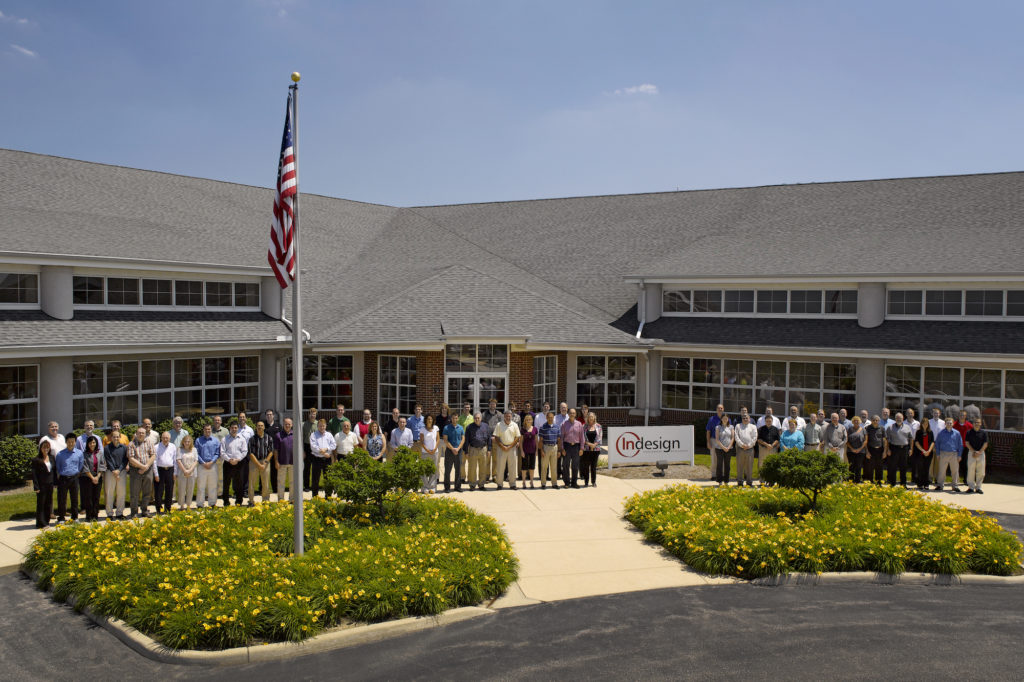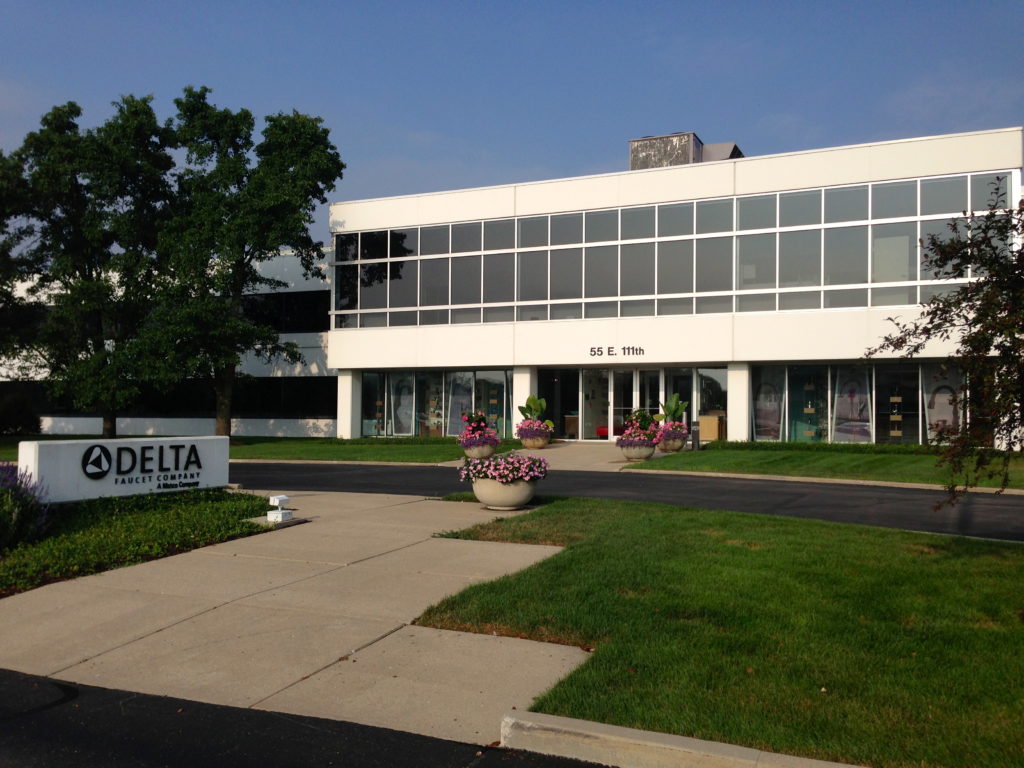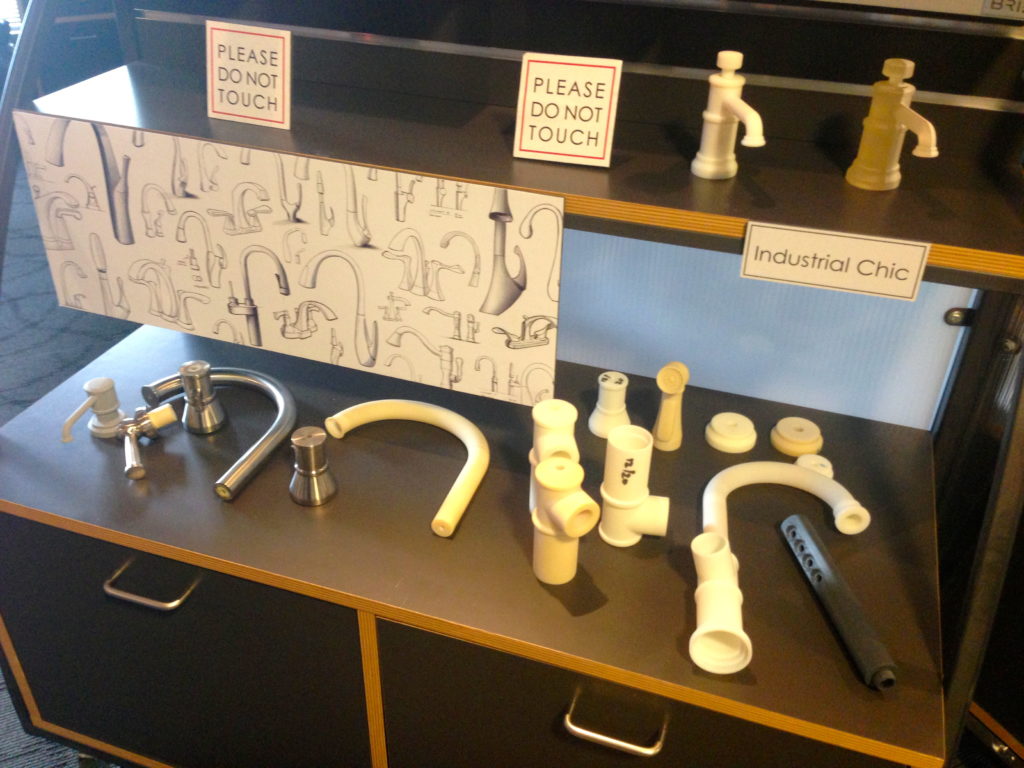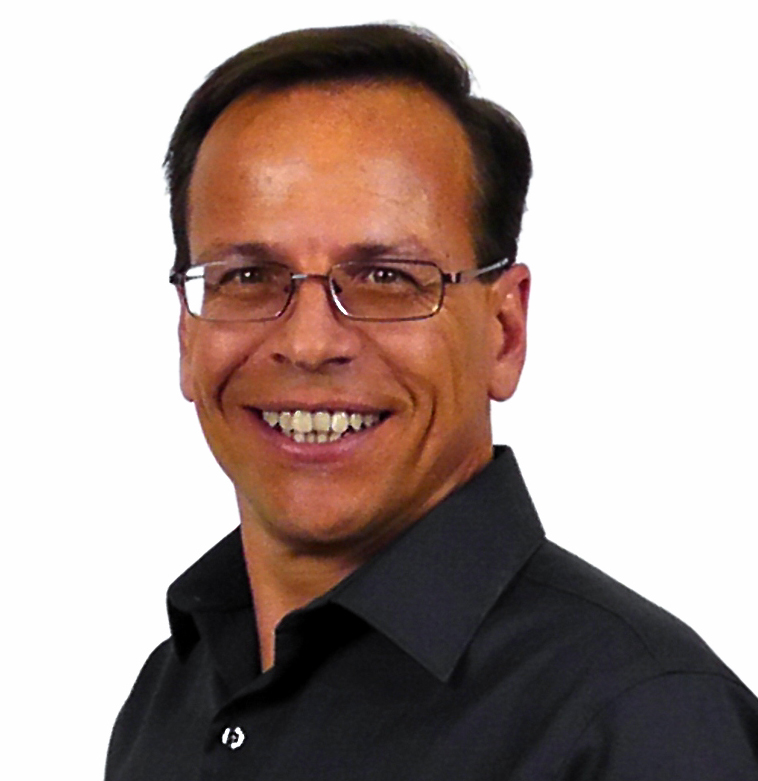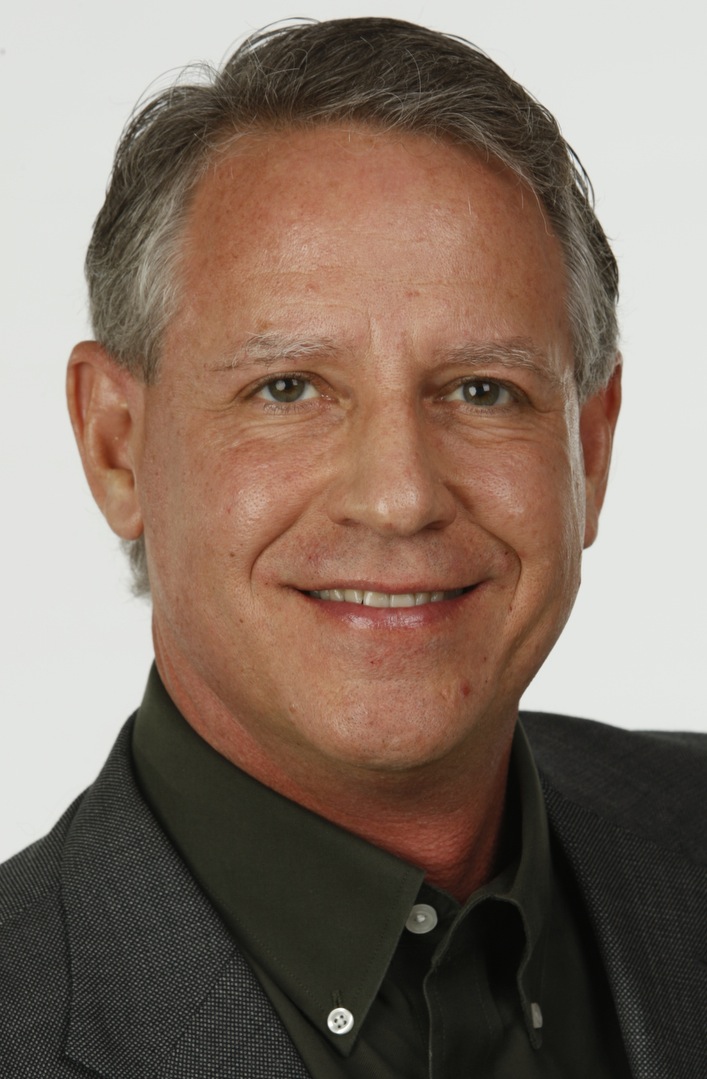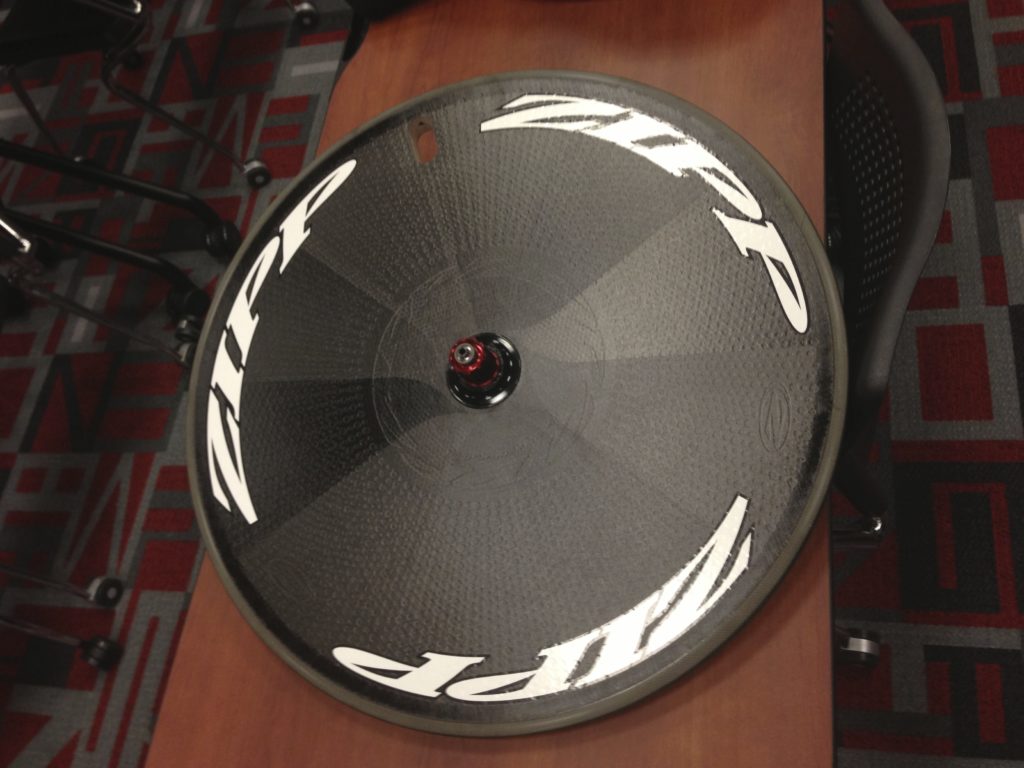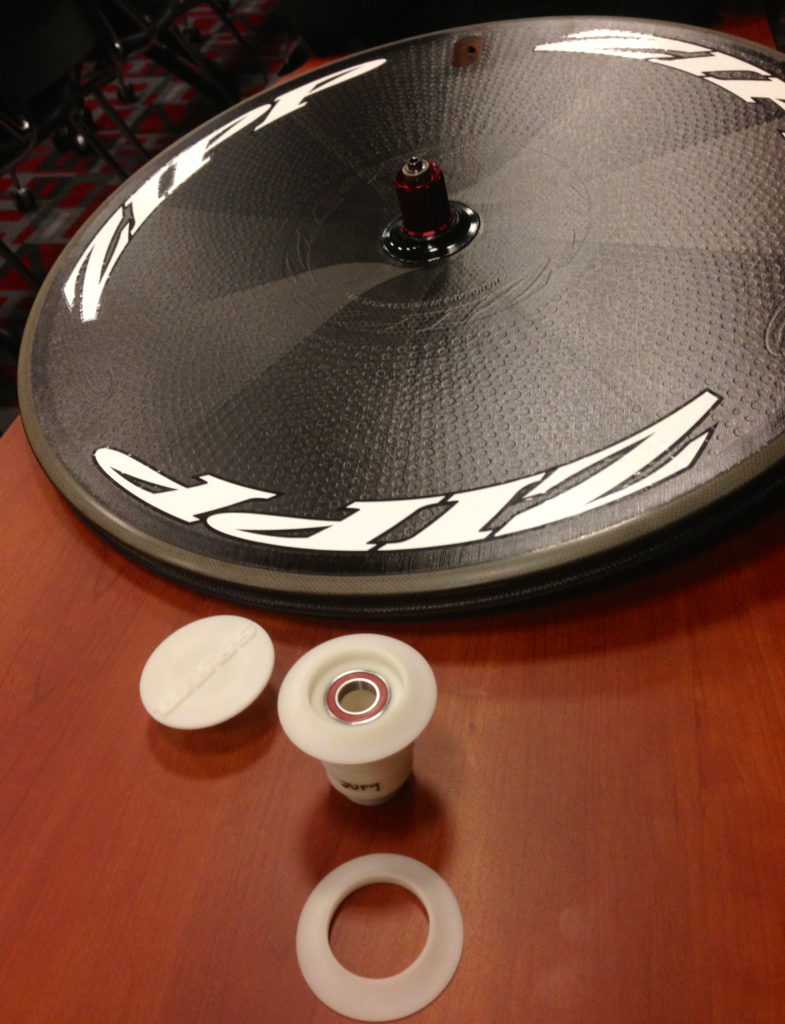Realize works extensively with Indesign on a wide variety of projects. We are excited and proud of the long relationship we have established with this fantastic company. We talked with Jerry Gotway, CEO of Indesign, to find out how their business uses Additive Manufacturing and where they are headed in the future.
Tell me about your business…
We are an electronic product design engineering company. We develop a wide variety of electronic products for our customers. We do full turn key product development. That means we do the mechanical design, the electrical design, and embedded software design. We create all the design information for a product then send it to a factory for manufacturing.
How is Rapid Prototyping used by your company?
In our product development process we go through several steps. In the front end of the process we are working on the development of requirements and concepts with the client, then we move on to the detailed mechanical design. As soon as that is completed we need to take that design which exists in our CAD systems and turn it into a working prototype. It’s absolutely critical that we get working prototypes of the designs for us to validate the design. Those working prototypes include the kinds of things that Realize can provide. The Stereolithography models, the cast models and sometimes the rubber parts are needed for the physical elements of our prototype. The critical need that we have is to get those rapid prototype parts. We need to very quickly get a physical embodiment of what we have designed so we can run that through our testing process.
What types of projects do you partner with Realize on?
We have worked with Realize on a wide variety of projects- from medical to consumer electronics, industrial, and they have provided us with parts to support our clients in many different markets.
How has your experience working with Realize been?
Our experience has been very positive. Everything that we do here has to be done very quickly. We have very rapid product realization intervals. Realize has been extremely good to Indesign in delivering parts very quickly. Speed isn’t everything, the other thing that is very important to us is quality. We have received high quality parts using the prototyping capabilities of Realize. Speed and quality are the two things that are most important to us and we get both of those from Realize.
Where is your business headed in the future?
Our company has been in business for 16 years and it’s been on an evolutionary path. We started exclusively in the telecommunications area and now we are into many different industries. The technologies have changed dramatically over time. When we started we were almost all wired types of products, now half of our business is wireless. We are going to follow where technology leads.
Indesign is an engineering design services firm with a proven track record of helping companies develop new electronic devices. Engineering disciplines consist of electrical/circuit design, RF/wireless design, software/firmware design, mechanical design, human factors design, and testing/validation with a strong emphasis on products utilizing embedded microprocessors and DSPs.
 3D Printing/Rapid Prototyping & Manufacturing
3D Printing/Rapid Prototyping & Manufacturing
